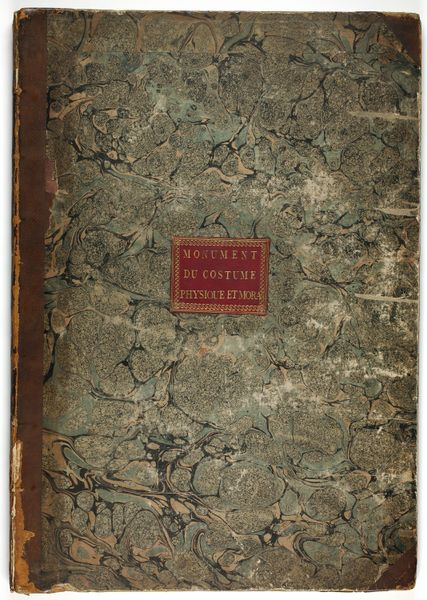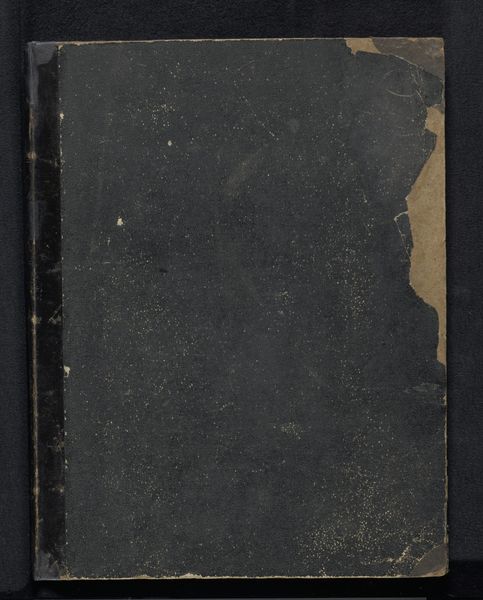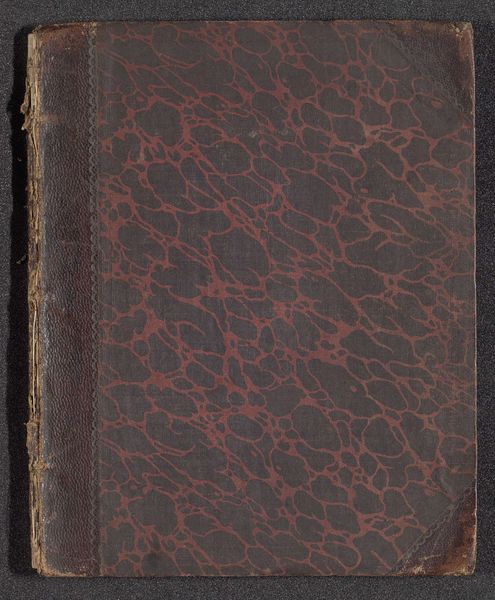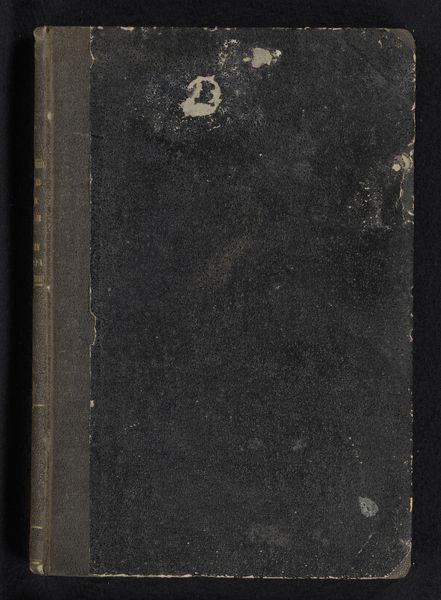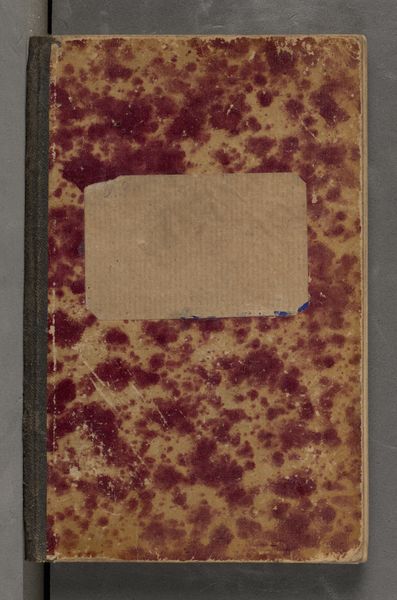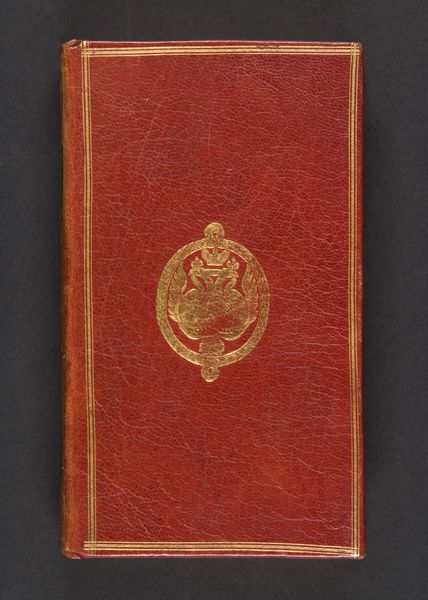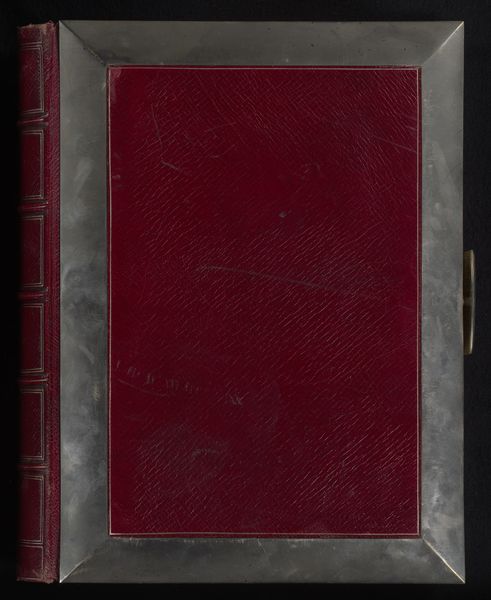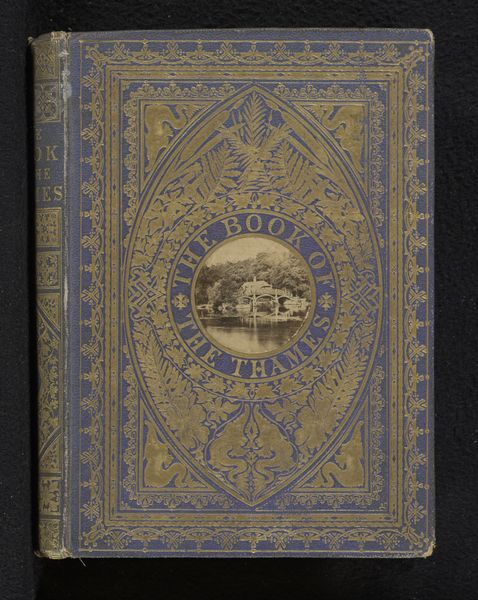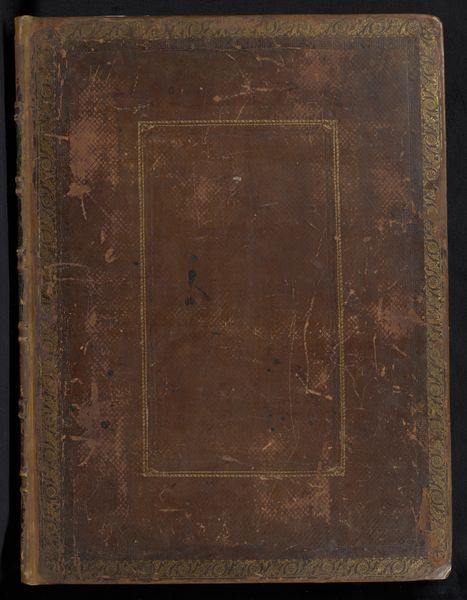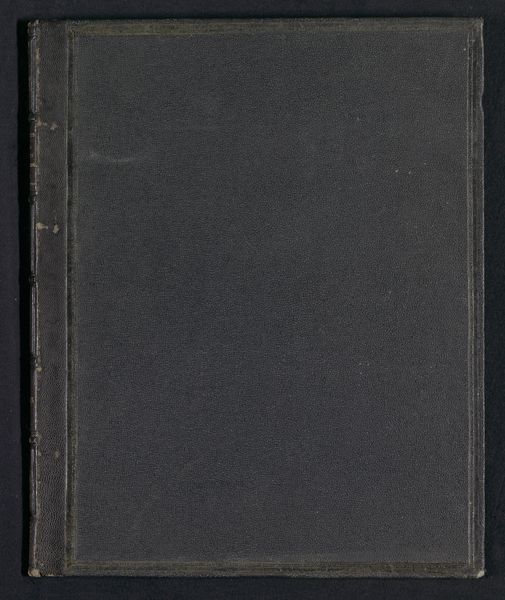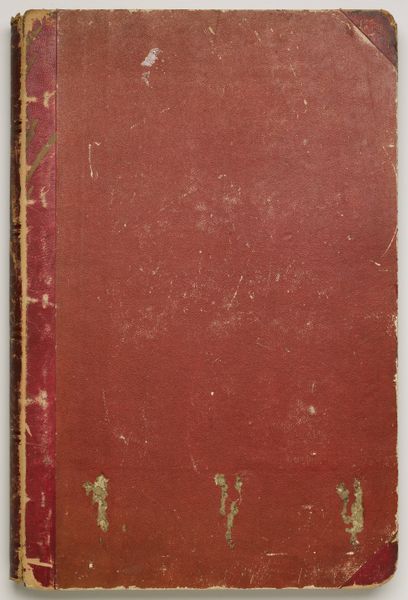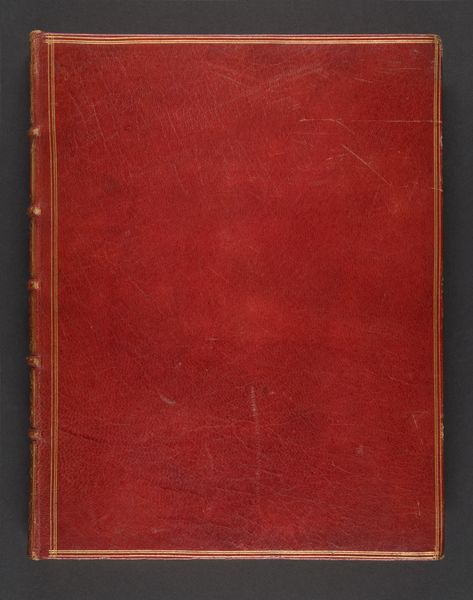
Engels familiealbum met foto's van personen, reizen, cricket en kunstwerken c. 1860 - 1873
0:00
0:00
mixed-media, collage, photography, albumen-print
#
mixed-media
#
collage
#
photography
#
coloured pencil
#
mixed media
#
watercolor
#
albumen-print
Dimensions: height 227 mm, width 374 mm, width 175 mm, thickness 27 mm
Copyright: Rijks Museum: Open Domain
Editor: This is a family album with photographs dating from around 1860 to 1873, created by several makers. It seems so delicate, a container holding a wealth of personal stories. What stories does this object tell, in your opinion? Curator: It is interesting how time itself becomes a visible layer, doesn’t it? The marbling of the cover, meant to evoke the timelessness of stone, is now faded, mirroring the way personal memories shift and blur over generations. But within it, the photograph, a then-new medium, offered a powerful promise: to capture and preserve a specific moment in time. Think of what it meant to gather images of loved ones, travels, or even art within the domestic space of an album. How does this combination of decay and preservation resonate with you? Editor: It makes me think about how objects can be both beautiful and poignant. The very act of collecting and organizing these memories speaks to the enduring human desire to hold onto the past. What can the inclusion of cricket photos, trips, or even artwork say about this family and their status? Curator: Cricket then was a highly symbolic ritual. It reinforced class and cultural identities. Photographs of travel reveal a family's connection to a wider world, whether through tourism or colonial engagement. The artwork is, similarly, demonstrative of a cultivated life. By seeing photographs as cultural symbols, not mere recordings, we can delve into the cultural values of the period. This is how objects narrate silent but influential chapters in the human story. Editor: I never considered the photos themselves as signifiers of wealth or culture! Thanks, that was so insightful! Curator: Indeed! The real power of iconography is revealing the intricate web of meaning embedded in what may appear simple at first glance.
Comments
No comments
Be the first to comment and join the conversation on the ultimate creative platform.
